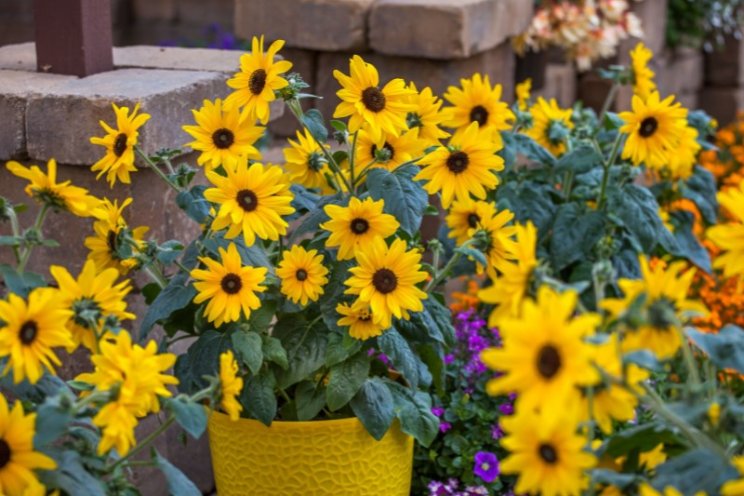Why ammonium toxicity can cause chlorosis in pansies
Added on 08 June 2023

During the early production season, bacteria that usually help convert ammonium to nitrate are not as active in cold substrates, which can lead to ammonium toxicity. While plant cells can store high levels of nitrate nitrogen without any harm, accumulating ammonium can damage cells. Therefore, acidic fertilizers such as 20-10-20 containing a high percentage of ammoniacal nitrogen should be avoided during cold and cloudy weather, especially in northern latitudes. Instead, nitrate-based fertilizers such as 15-0-15 should be used from November to March.
Fertilizers that are high in nitrate nitrogen and low in ammoniacal nitrogen are sometimes known within the industry as dark weather feeds. Additionally, ensure that plants are receiving adequate amounts of potassium, as it helps convert NH4+ to proteins, which lowers the foliar ammonium levels. Certain crops such as coleus, eggplant, lettuce, pansy, pepper, salvia, tomato, and zinnia are especially sensitive to too much ammonium.
Photo: Ammonium toxicity in pansy; Credit: Jaden Gimondo, MSU Extension
More news















